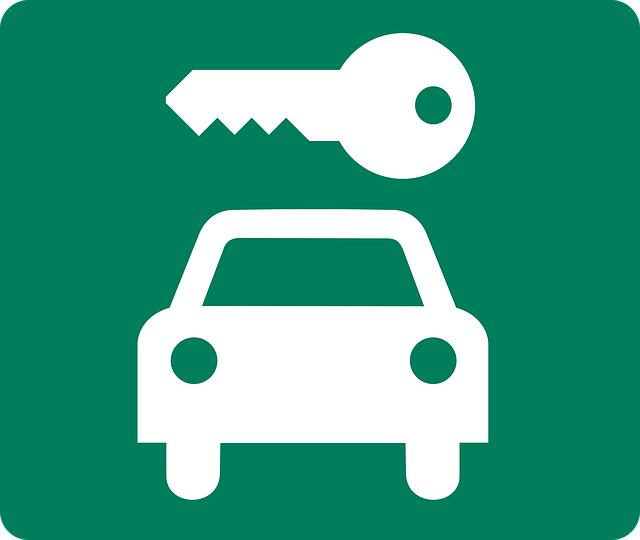Understanding lease terms explained is essential for students moving into accommodation. Leases typically last one academic year, with renewal options available. Students have distinct rights and responsibilities, including flexible moving-out conditions, essential amenities like high-speed internet, on-time rent payments, property maintenance, and reporting issues promptly. They should also be aware of privacy rights, noise restrictions, and common lease clauses protecting both landlords and renters. Comprehending these lease terms explained allows students to make informed decisions, fostering a positive rental experience that aligns with their academic calendar.
Navigating the world of student housing involves understanding key lease agreement basics. This comprehensive guide breaks down essential lease terms explained, including duration and renewal options, rights and responsibilities for students, common clauses to watch out for, and when/how to break a lease. By familiarizing yourself with these aspects, you’ll be well-equipped to make informed decisions during your rental journey.
- Understanding Lease Duration and Renewal Options
- Rights and Responsibilities of Student Renters
- Common Lease Clauses to Watch Out For
- When and How to Break a Lease Agreement
Understanding Lease Duration and Renewal Options

When moving into a student accommodation, understanding the lease duration is paramount. Most leases are typically set for one academic year, offering a fixed period of tenancy. This provides stability, ensuring you have a place to stay for the entire school year. However, it’s essential to be aware that some leases may offer renewal options, allowing you to extend your stay if needed.
Lease terms explained often include various scenarios for renewal. Landlords might offer automatic renewals on similar terms, or they could provide an opportunity to negotiate new rates and lease conditions. Knowing these options beforehand empowers students to plan their accommodation well into the future, ensuring a smooth transition between academic years.
Rights and Responsibilities of Student Renters

Student renters have unique rights and responsibilities that are often different from traditional tenants. Understanding these is crucial for navigating the lease terms explained in their rental agreement. For instance, students usually have more flexibility when it comes to moving out, with shorter notice periods allowed due to academic commitments. They may also be entitled to specific amenities like high-speed internet, which is essential for online learning.
Responsibilities include paying rent on time, maintaining the property, and communicating any issues or damages promptly. Students should also be aware of their rights regarding privacy and noise levels, especially in shared spaces. Knowing these lease terms explained can empower students to make informed decisions, ensuring a positive rental experience that supports their academic pursuits.
Common Lease Clauses to Watch Out For

When reviewing a lease agreement, it’s crucial to understand the common clauses that protect both the landlord and the student renter. Some key terms to watch out for include rent amount and due dates, which should be clearly stated and consistent throughout the tenancy. Security deposits are also essential; ensure you understand how much is required and under what conditions it can be withheld.
Other important lease clauses cover maintenance responsibilities, with many agreements specifying who is responsible for repairs and maintenance. Subletting restrictions are common, as landlords often limit or prohibit subletting to control the property’s use. Be clear on the rules around guests and visitors, as well as late fees and breakage charges. Lease terms explained thoroughly here can help avoid misunderstandings and potential disputes later.
When and How to Break a Lease Agreement

Breaking a lease agreement can be a complex process and should only be considered under specific circumstances, as per the lease terms explained in your contract. It’s crucial to understand the penalties and notices required before taking such a step. Typically, you’ll need to provide written notice to your landlord within a specified timeframe, which is often outlined in your lease. This notice period allows both parties adequate time to plan for any changes.
The grounds for breaking a lease early vary but may include situations like unforeseen financial difficulties, a change in personal circumstances, or the property’s unsuitability for your needs. Some leases might also permit early termination if you find alternative accommodation or sell your tenancy rights to someone else who takes over the agreement. Always refer back to your lease terms explained, ensuring compliance with any required procedures and conditions before initiating a break.






